Announcement
Collapse
No announcement yet.
DOHC B6 Information
Collapse
This is a sticky topic.
X
X
-

Here are the Capri B6d intake and exhaust manifolds. With these and a capri or 323 gtx/gt valve cover you have most of what you'll need to swap a Miata 1.6 into your Festiva. a good solid b6d will give you 100hp with ease to the wheels in stock trim. I have scored these engines from Miata enthusiasts for as little as 100 dollars on several occasions. They like to swap BP engines into their early miatas and then the little b6 just collects dust in their parents garage until dad tells them to get it out of there. This is happening right now in a town near you!
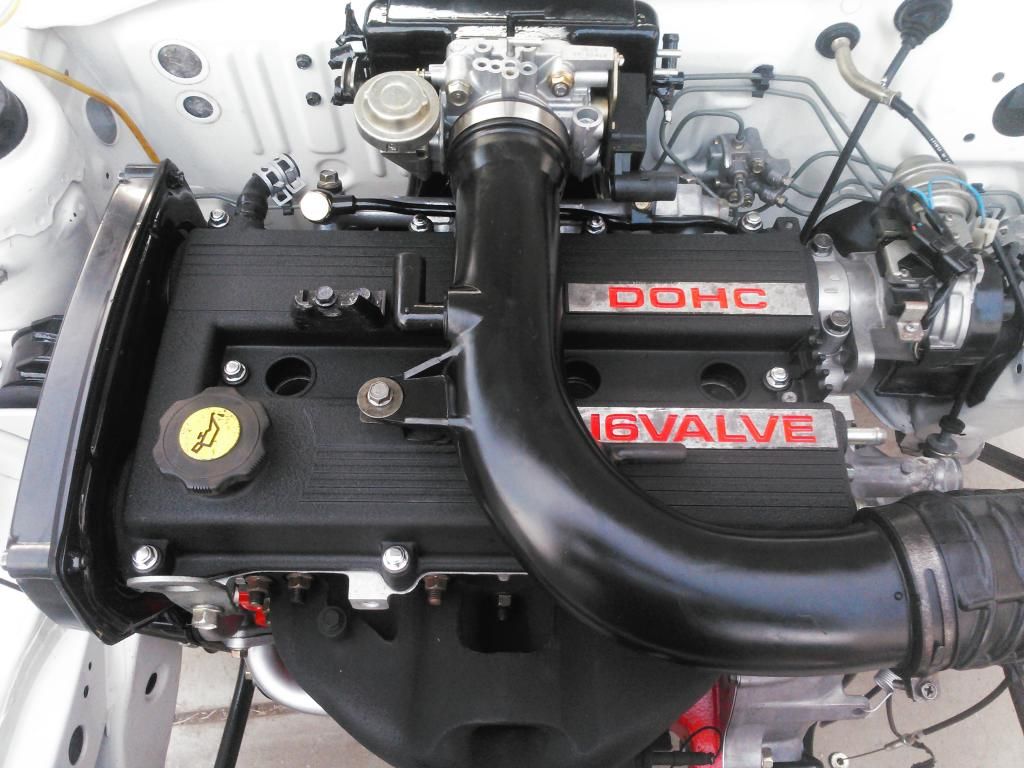
The b6D looks like it was meant for the Festiva. It is the same engine as the JDM Festiva GTX, but with a stroker crank, basically.Last edited by Advancedynamix; 03-09-2015, 02:04 AM.
Leave a comment:
-
Another difference between the B6ze and the B6d/t is where the coolant exits the head.
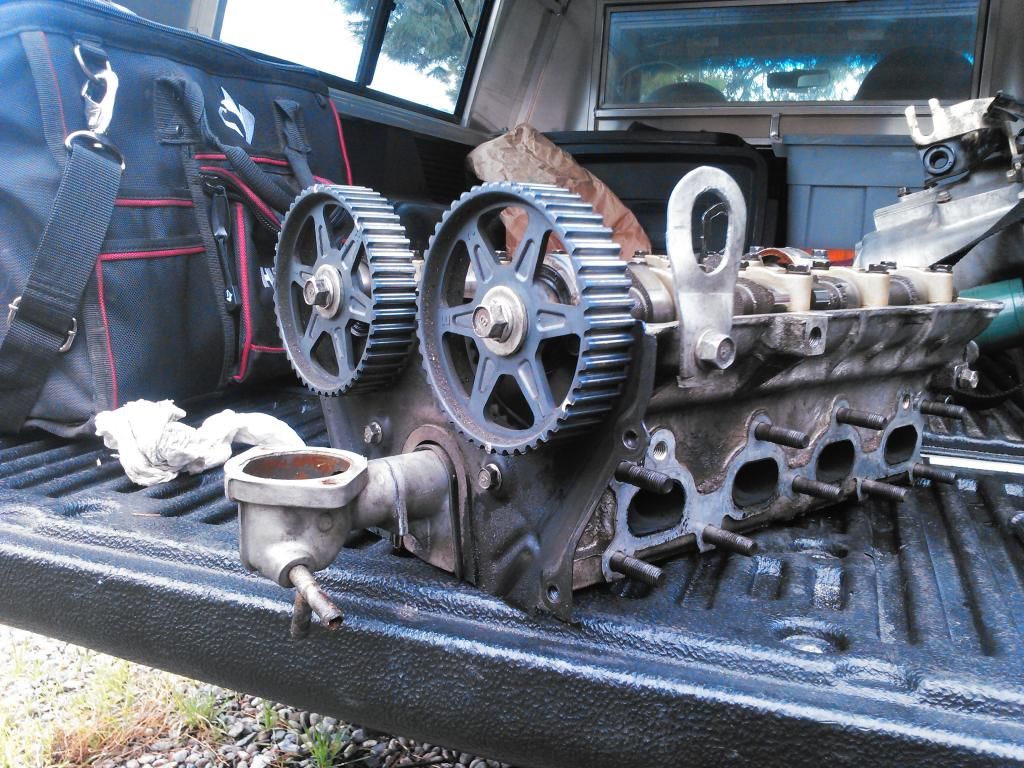
The miata was not engineered with appropriate clearance for the thermostat housing on the correct side of the head, so they stuck it between the cam sprockets on the same side of the engine as the water pump. You don't need a degree in thermal dynamics to see why this was not a good plan and why Miata's are known for burning down cylinders 3 and 4. To convert the b6ze head back to a properly routed cooling system, for the transverse applications, you simply press in a 30mm (iirc, check it first!) freeze plug. The head is exactly the same, they just left the freeze plug out so they could bolt that worthless contraption on to the front.
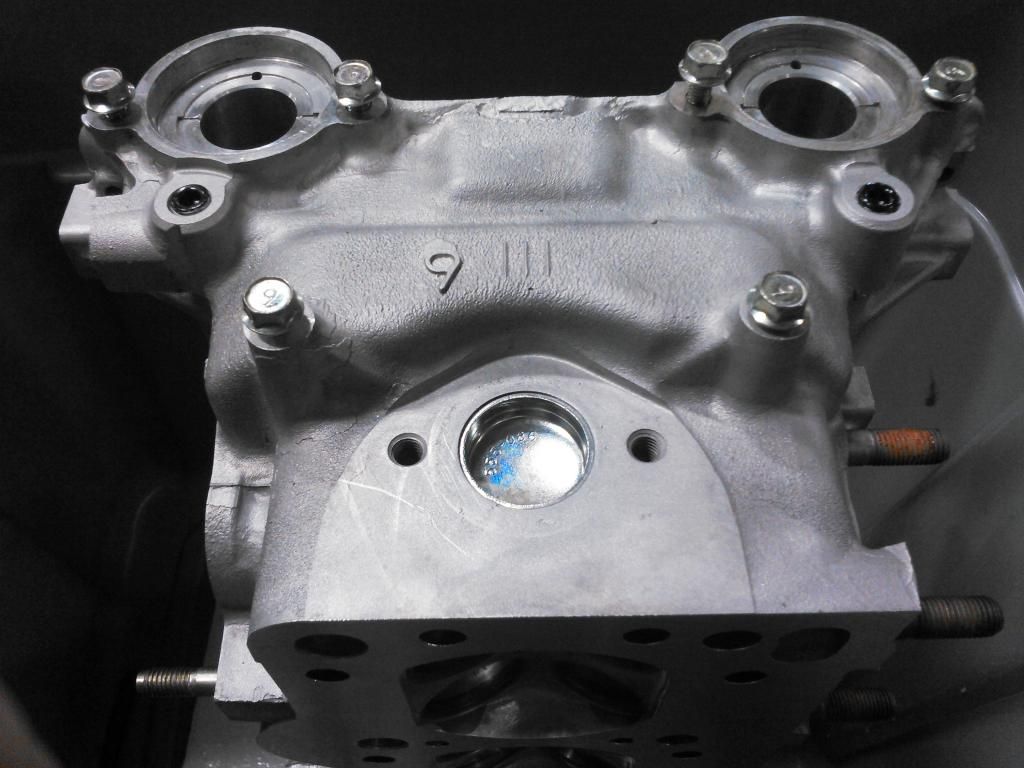
Fixed!Last edited by Advancedynamix; 03-09-2015, 01:53 AM.
Leave a comment:
-
Some more DOHC facts.
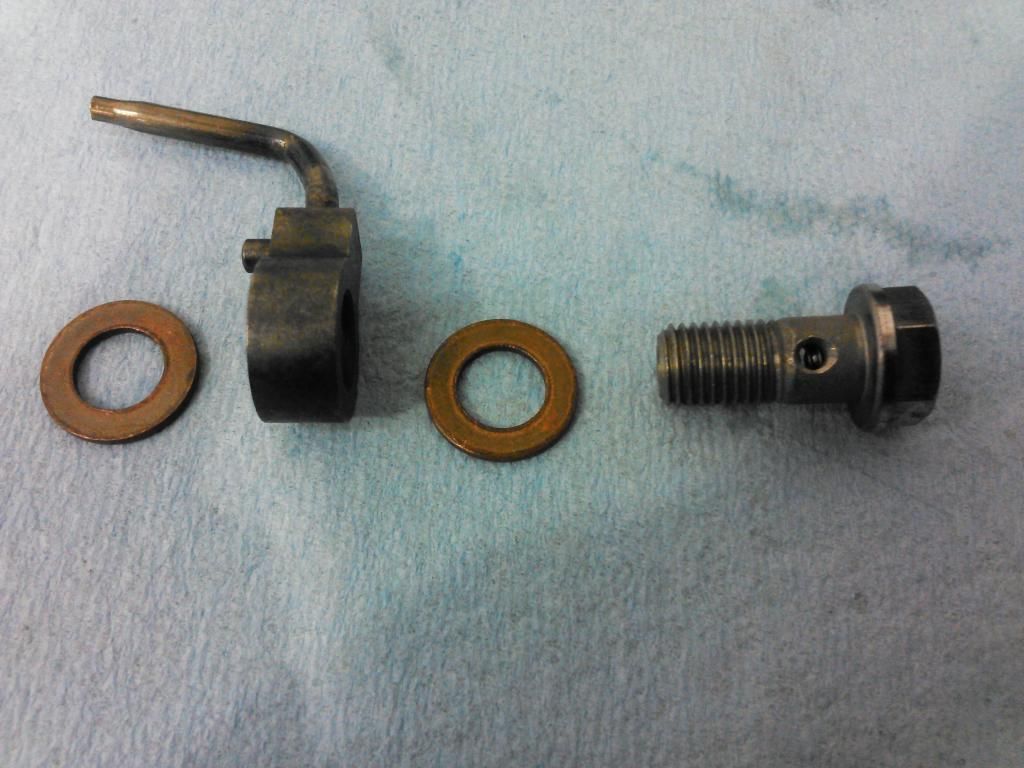
This is an oil squirter. The DOHC b6 and BP both have these. They have a spring and ball check valve in them so that they only flow oil above a certain oil pressure.
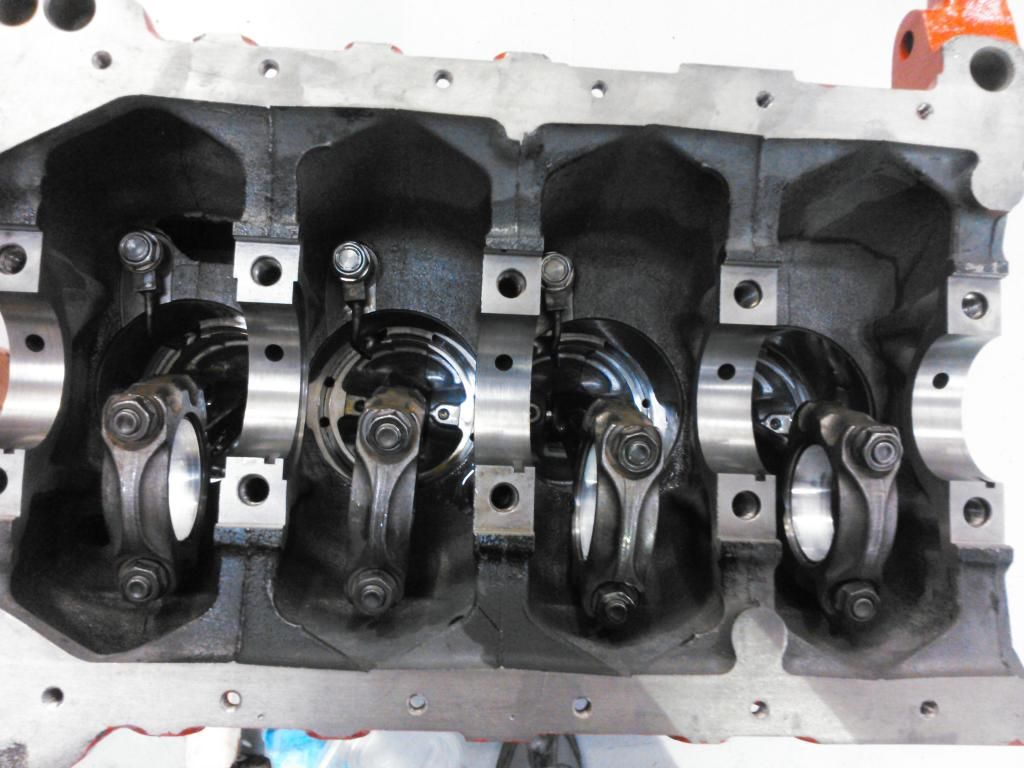
They help to cool the pistons, as well as lubricate the small end rod bearing, the wrist pin, and the cylinder walls. I have a theory that they also help harmonically stabilize the pistons as well, since coating a piece of metal with oil will dampen it's harmonic response. The drawback to the squirters is parasitic losses from the pistons hitting the oil as they move down from TDC, and the vaporization of the oil as it spashes around in the engine. A well designed air/oil separator is recommended for these engines when used in extreme conditions.
Leave a comment:
-
No need. I know the answer. I stand corrected. AZGTX told me tonight that ALL pre 1990 B6T engines came with the fatty rods. That means GT and GTX versions of the 323 have the stout rods. I don't think there is a benefit to running the thicker rods though, because rod weight is a bad thing and if you are building an engine that needs rods that strong you can spring 300 bucks on a set of chromoly H beams. The BP engines came with the thinner rods, The rod bolts let go long before the rods bend.
Leave a comment:
-
The actual snout of the crank is longer in the later cars and the timing and accessory pulley are different as well. The diameter of the oil pump drive and front main seal is larger on the long nosed crank as well, so yes. This is also true on the b3 and BP engines. The easiest way to tell what crank an engine has, without taking it apart (say your at the salvage yard and want a big nosed crank) is by the bolt pattern on the front accessory pulley. The earlier, short nosed crank pulley has a rectangle pattern, and the later crank has a square bolt pattern.Originally posted by F3BZ View Postnice! clears up some confusion i had about compatibility of various components. did you mean large/small diameter crank end or are there long/short crank ends?
Tech Note: The front crankshaft bolt (that holds on the lower timing pulley and the hub that the accessory pulleys mount to) is known by many to come loose easier on the small nosed cranks. This topic has been widely covered in every Mazda forum on the web. I personally have never had a problem with this, and have run small nosed cranks about as hard as anyone. The key is to properly TQ the front bolt, and I use a little red loc-tite on the threads. I also buy a new bolt and key every time I have it apart. Just cheap insurance. Most of the time, when the bolt comes loose, it ruins the crankshaft.Last edited by Advancedynamix; 03-07-2015, 09:26 AM.
Leave a comment:
-
Wow, thanks for taking the time to write all that out... Hopefully it will help people understand a little more of the simple subtle differences and save you a lot of time answering questions lol
Leave a comment:
-
nice! clears up some confusion i had about compatibility of various components. did you mean large/small diameter crank end or are there long/short crank ends?
Leave a comment:
-
Bore scope through the plugged vent in the back of the block! Which brings up another cool fact about the DOHC B6 engine. It is set up for a air/oil separator from the factory. I'm pretty sure that Mazda must have fitted the b6t in other countries with this type of crank vent, because the engine is perfectly suited for it. The b6t has a bung in the back of the oil pan for a return line and there is a large crank vent port in the back of the block. I'm sure that EPA regulations are the explanation for the North American market not getting a proper separator. I designed and built an air/oil separator for the B6t in Tweak and it works excellent. No matter how hard you push that car, it consumes no oil at all. Also, well ventilated engines run better, make more hp and are less prone to leaks, and detonation.
Leave a comment:
-
If I had any intention of opening up my B6T, I'd check the rods for the sake of this thread
Leave a comment:
-
I'm not certain about that. It would make sense that the gt basically got the same engine as the GTX.Originally posted by sketchman View PostI'm curious. Are you sure the GT didn't get heavier rods? I had one torn apart too, and it did have those rods. Could have been a goof from the factory, but I had a Capri B6T and Miata rods right beside it, and it definitely had the heavier rods.
Leave a comment:
Leave a comment: